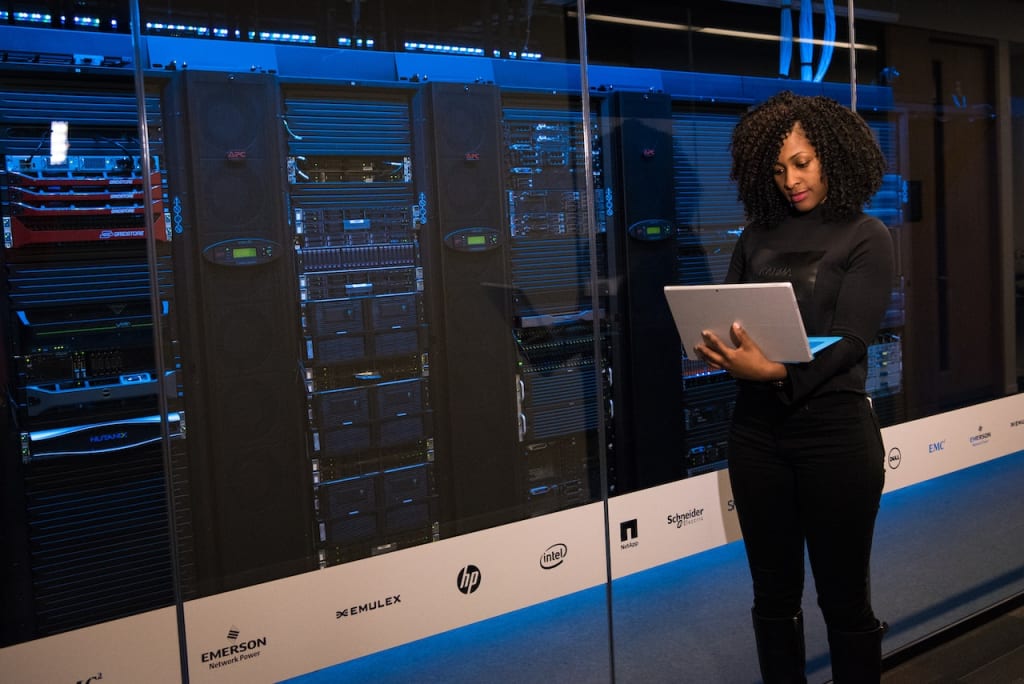what is edge computing why its so important for future
Today, millions of data points collect user information from a variety of sources, including social media, websites, emails, and web searches. Other technologies, such as cloud computing, are falling short in several situations as the amount of data collected grows exponentially.

Edge computing is a distributed computing paradigm that brings computing power and storage closer to the devices and sensors that generate data. In this model, data is processed locally on the device or on a nearby edge server, rather than being sent to a centralized data center for processing.
There are several types of edge computing, including:
Mobile edge computing:
the computing power is located within the mobile network, providing low-latency processing for mobile devices.
Mobile edge computing (MEC) is a type of edge computing that brings computing power and storage resources closer to mobile devices, such as smartphones, tablets, and other mobile devices. MEC is designed to provide low-latency processing and fast data access for mobile applications by enabling processing at the edge of the network, rather than sending all data to a centralized cloud data center.
In MEC, the computing resources are typically located within the mobile network, such as at the base station or within the network operator's data center. This allows for faster data processing and more efficient use of the network bandwidth, which is especially important for applications that require real-time processing or low latency, such as augmented reality, autonomous vehicles, and virtual reality.
MEC provides several benefits, including improved performance, reduced network latency, and increased security and privacy. By processing data locally, MEC can reduce the delay that occurs when data is sent to a remote data center for processing. This allows for faster response times and better user experiences for mobile applications.
MEC also provides better security and privacy, as sensitive data can be processed locally and never transmitted over the network. This can help reduce the
Fog computing:
Fog computing is a type of edge computing that uses a distributed network of nodes to provide computing power and storage resources closer to the devices.
Fog computing is a type of edge computing that extends the concept of edge computing to a distributed network of nodes, including gateways, routers, and other network devices. Fog computing is designed to provide computing power and storage resources closer to the edge of the network, in order to reduce latency and improve performance for applications that require real-time processing.
Cloudlet computing:
Cloudlet computing is similar to fog computing, but with a more centralized architecture that allows for more sophisticated processing.
Cloudlet computing is a type of edge computing that provides a small, localized data center with computing power and storage resources that are located near the edge of the network. Cloudlets are usually deployed in areas where there is a high concentration of mobile devices, such as airports, shopping malls, and city centers, in order to provide low-latency processing and fast data access for mobile applications.
Smart edge:
Smart edge computing is a type of edge computing that is designed to handle the large amounts of data generated by the Internet of Things (IoT) devices, using machine learning and other AI algorithms to analyze the data in real-time.
Edge computing is useful for several reasons. First, it can help reduce latency and improve performance, as data is processed closer to the source. This is particularly important for applications that require real-time processing, such as autonomous vehicles, augmented reality, and industrial automation.
Second, edge computing can help reduce network congestion and bandwidth usage by processing data locally and only transmitting the relevant information to the cloud. This can help reduce costs and improve the efficiency of the network.
Finally, edge computing can provide better security and privacy, as sensitive data can be processed locally and never transmitted over the network. This can help reduce the risk of data breaches and other security threats.
Overall, edge computing has the potential to revolutionize the way we process and analyze data, and to enable new applications and services that were previously impossible or impractical.
About the Creator
Emmanuel Andrew
"I am a blogger and researcher who loves to write content about adventurous experiences and knowledge to share with readers. With a passion for writing and a love of travel, I seek out fascinating new perspectives."






Comments
There are no comments for this story
Be the first to respond and start the conversation.